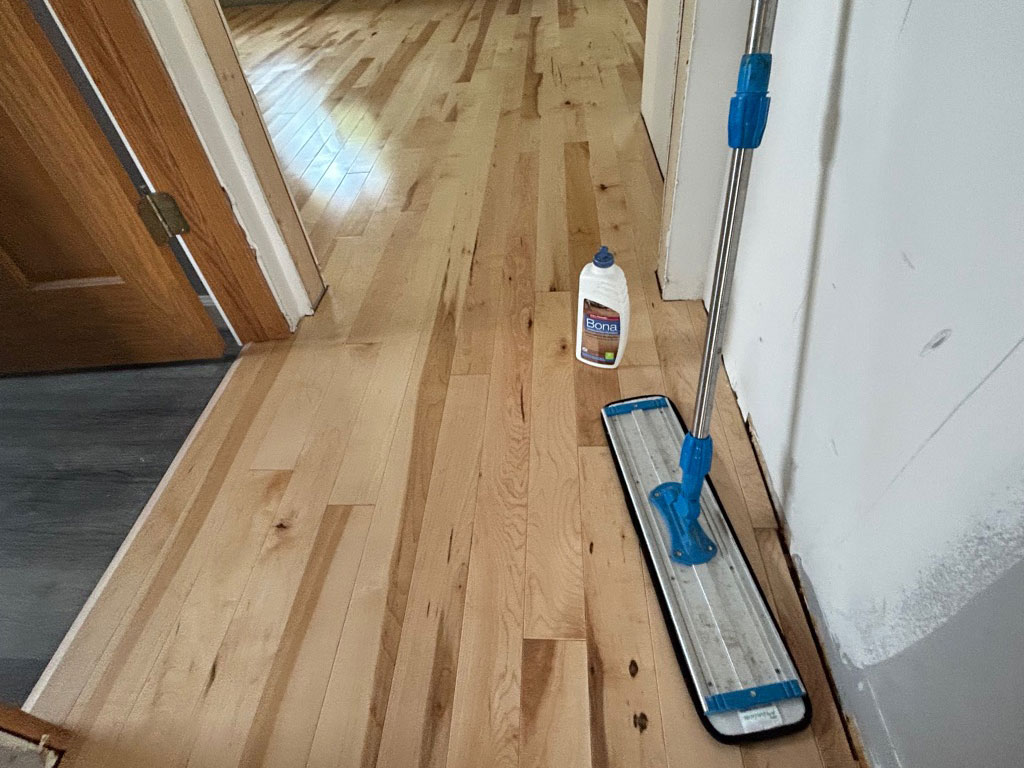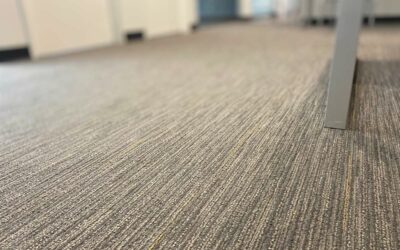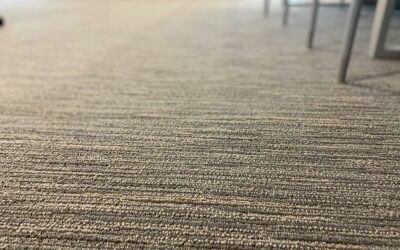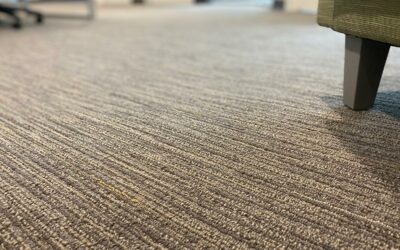Seasonal Maintenance for Hardwood Floors: Tips for Handling Temperature and Humidity Changes
Hardwood Floor Temperature Changes
Part of the draw to hardwood flooring is their naturalistic look – and that makes sense because solid wood floors have organic elements in their composition.
And because of their natural elements, hardwood floors are susceptible to environmental changes like fluctuations in temperature and humidity.
Think of what happens to our skin when we travel to high-humidity areas or when we brace ourselves for the blustering cold. In each situation, our skin reacts differently – the same idea goes for how hardwood floors respond to their environment.
At Lakeside Floor Coverings, we want to ensure that your floors are protected from damages accrued from temperature extremes and humidity changes. Keep reading to figure out just how to do that!
Potential Hazards
Seasonal temperature changes impact the natural state of your hardwood floors. With cold weather comes a decrease in the air’s moisture and as a result, hardwood floors will contract. You might see some gapping in between boards and planks.
Conversely, higher temperatures and more humidity cause hardwood floors to expand in the areas where they contracted in cold-weather times. Buckling or cupping might result in hot, moist conditions.
The best way to combat these hazards is to manipulate the humidity conditions in your home by maintaining an indoor humidity range from 35% – 55%. This will reduce the chances your floors will expand or contract.
3 Preventative Maintenance Tips
1: Controlling Humidity
One of the best ways to protect your hardwood floors from fluctuations in temperature and humidity is to control the humidity levels in your home.
A dehumidifier is suggested in areas with high humidity as they will work to suck out the moisture from the air, therefore reducing the chances your wood floor boards will buckle, crack, warp, etc.
In times of low moisture and humidity, it’s wise to use a humidifier to achieve the ideal moisture levels in your home. Doing so will help to avoid any gaps forming between the wood planks.
Preventing extreme heat and humidity fluctuation levels in your home means that your floors will experience less movement and will add to their lifespan.
Get in touch with our team to discover your floor covering and installation options. We’re looking forward to working with you.
2: Seasonal Care
In addition to the regular cleaning of your floors, we recommend a deep clean of your hardwood floors each season. Keep in mind the following tips during each season, too!
Spring: Pay special attention to maintaining a “shoe-free” home so that extra moisture and dirt are not brought into your home. Consider rotating your furniture and rugs so your floors experience equal exposure to the elements.
Summer: Keep an eye on the humidity levels in your home. The summer weather brings higher temps and higher humidity levels in the air. Your best maintenance weapon will be maintaining a relative humidity in your home between 35% – 55%.
Fall: Leaves begin to drop from trees and clutter your sidewalks during fall. Invest in a quality outdoor mat that you can lay on your front stoop. This mat will encourage visitors to wipe their shoes and rid them of leaf particles that can pose a risk to your hardwood floors.
Winter: Echo back to summer and pay attention to the humidity levels in your home. Cold temps bring a drop in humidity which can cause your floors to contract and gaps can develop. The less movement your floors experience, the longer you can generally expect your hardwood floors to last. Consider utilizing a humidifier to add needed humidity.
Winter would be a great time to consider a buff and coat or sand and finish to strengthen your hardwood floors against any salt or increased debris brought inside during the winter months.

3: Invest in the Right Mats & Rugs
A great way to maintain your hardwood floors through seasonal changes is to invest in the right mat or area rug. These can add some style to your home and they can also protect your floors against unwanted temperature and humidity conditions.
Absorbent, high-quality mats will get you to where you need to be. Your hardwood floors need to be able to breathe under whatever rug or mat you decide to use. Keep an eye out for rugs and mats that are made specifically for hardwood floors!
Anything with a vinyl, latex, plastic, or rubber back is a no-no because these types of backing only trap water or other liquids. A hardwood floor cannot breathe under these mats and discoloration can also occur – permanent damage will likely result.
Conclusion – Seasonal Maintenance for Hardwood Floors: Tips for Handling Temperature and Humidity Changes
Just like humans, hardwood floors are susceptible to natural changes that come with temperature and humidity fluctuations. To combat such changes, maintain a steady humidity level in your home and commit to some seasonal tasks to keep your floors in the best shape possible!
Get in touch to get started on your flooring project. Our friendly staff can arrange a time for you to visit our showroom or for our professional team to visit your home or commercial property for an on-site estimate. Call 763-503-0100.
RELATED POSTS
How to Make High Traffic Carpet Look New
How to Make High Traffic Carpet Look NewThere’s some good news that comes along with tips on how to keep your...
Tips and Tricks for Carpet Cleaning in High-Traffic Areas
Carpet Cleaning High Traffic AreasWhen it comes to cleaning practices for traffic-friendly carpets, you must...
What Carpet is Best for High Traffic Areas?
Best Carpet for High Traffic AreasToday’s carpeting products greatly overshadow the carpeting of the past!...




